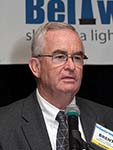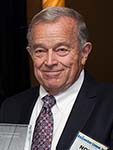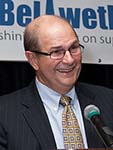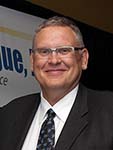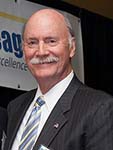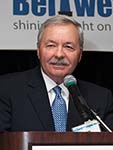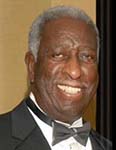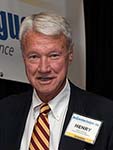
Henry A. Berling (1943-2021)
Henry A. Berling, through his Southern home-spun affability, helped to forge and expand a number of prominent distributors, including Owens & Minor Inc. and Stuart Medical, as well as craft solid contracts with some of the larger healthcare systems and industry-leading integrated delivery networks searching for supplier partners to assist in cost reduction and process standardization.
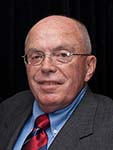
Robert P. “Bud” Bowen
Robert P. “Bud” Bowen demonstrated his customer service and group purchasing acumen by helping to form, develop and grow Amerinet Inc. into one of the largest and leading group purchasing organizations in the nation, translating his prior administrative and supply chain experience from long-term care provider New England Management Corp. and distributor American Hospital Supply Co.
